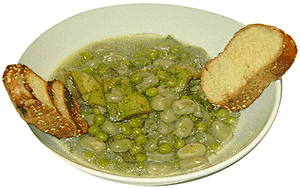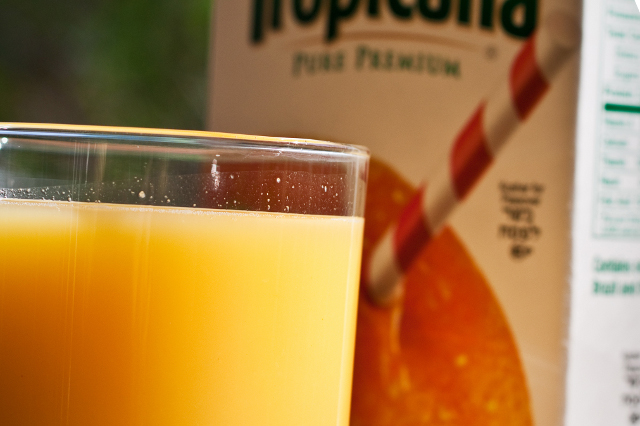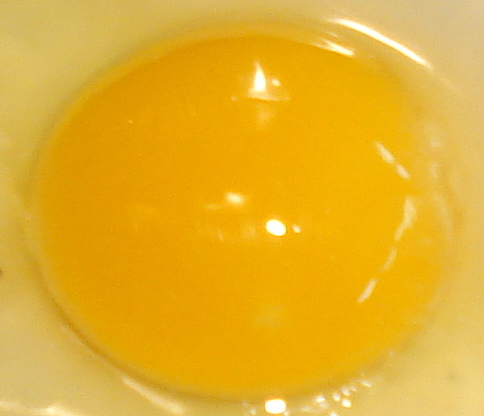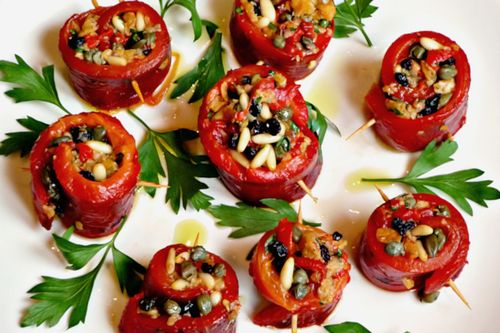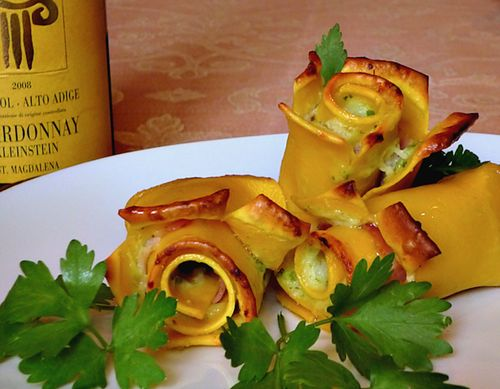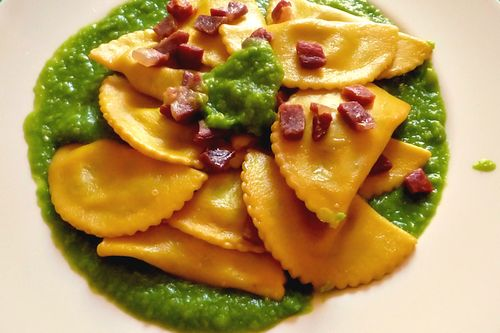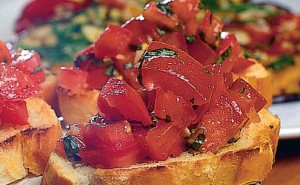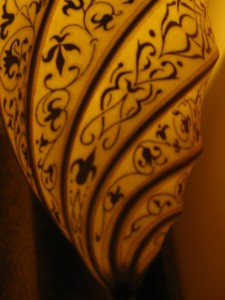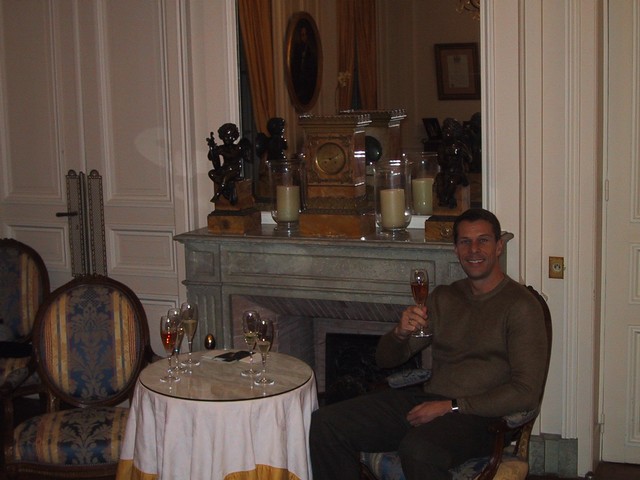
Fifth generation rancher and blogger Megan Brown found herself in the midst of a public relations kerfuffle after posting an informative article last week. Megan has a terrific writing style: frank, amusing, informative. I’ve enjoyed reading her posts for some time. As Megan writes:
I feel like most of us are so far removed from our ag roots, and that makes me sad. I hope to offer a glimpse of what less than 2% of our population does for a living. Ag is not pretty. It is not easy. Agriculture – is dirty, hot, cold, bloody, messy, hard – I have no wish to sugar coat it for my readers. I want you to know what it is really like, I want to provide transparency.
Apparently the California Beef Council doesn’t like the transparency part, mainly for Megan’s photo essay of a recent beef slaughter on her farm. She was told that her pictures were too graphic for consumers to deal with.
The council’s PR person told her:
My concern is that pictures like the ones posted would turn people away from eating beef or meat in general. Yes, consumers are too far removed from agriculture and our practices, and it’s our duty to try to connect the consumer to modern production. However, I do think there may be a better way to convey to consumers how on-farm slaughter occurs and a better explanation of custom slaughter versus federally inspected slaughter facilities, etc.
The pictures are not only graphic to a consumer, but they also don’t explain the science-based practices and regulations that the industry follows — and the millions of dollars we spend each year to produce safe beef. All of these messages have proven to resonate very well with consumers.
I’m just concerned about the message consumers will get from the pictures. As an industry representative, I have to be prepared for any possible feedback from consumers, media or other beef producers that might read the blog.
Good Lord, meat comes from dead animals?
Agricultural journalist and rancher Andy Vance weighs in:
Are we so battle-scarred as an industry that we can no longer admit what it is we actually do for a living? When industry professionals are cautioned not to use terms like “slaughter” and a farmer can’t share pictures of the process with the consuming public, we have a bigger problem.
We produce meat for a living. It is a lifestyle, and it is a business. Let’s call it what it is and be proud to do so.
A former classmate of mine and Über-blogger Dan from Casual Kitchen wrote in Megan’s comment section:
It *is* an interesting post and there should be no controversy. As Tovar says, heaven forbid we figure out that meat comes from animals. The California Beef Council blew it, and their actions here make them look defensive, as if they’ve got something to hide. Guys, time to grow up, okay?
It’s interesting to point out that Oprah Winfrey’s mega audience applauds agricultural transparency. Guest Michael Pollan was on her show last February titled “Do You Know Where Your Food Comes From?” and said this:
It’s all opaque. You go to the grocery store and the meat doesn’t even have bones anymore. It’s just shrink-wrapped protoplasm, and kids don’t even know that it comes from an animal and that the animal had to be killed in order to put it on your plate.
He went on to say that one should know how meat is produced. So to get the inside scoop, Oprah sent Lisa Ling to Colorado, where Cargill — the biggest producer of ground beef in the world — gave her a rare inside look at a slaughterhouse to see just how meat is processed.
Most interesting are the video’s comments (491 of them so far), which clearly illustrate how the majority of Oprah’s audience did not “turn away from eating beef or meat in general” — about which the California Beef Council appears to be overwrought.
.
Further Reading:
.


